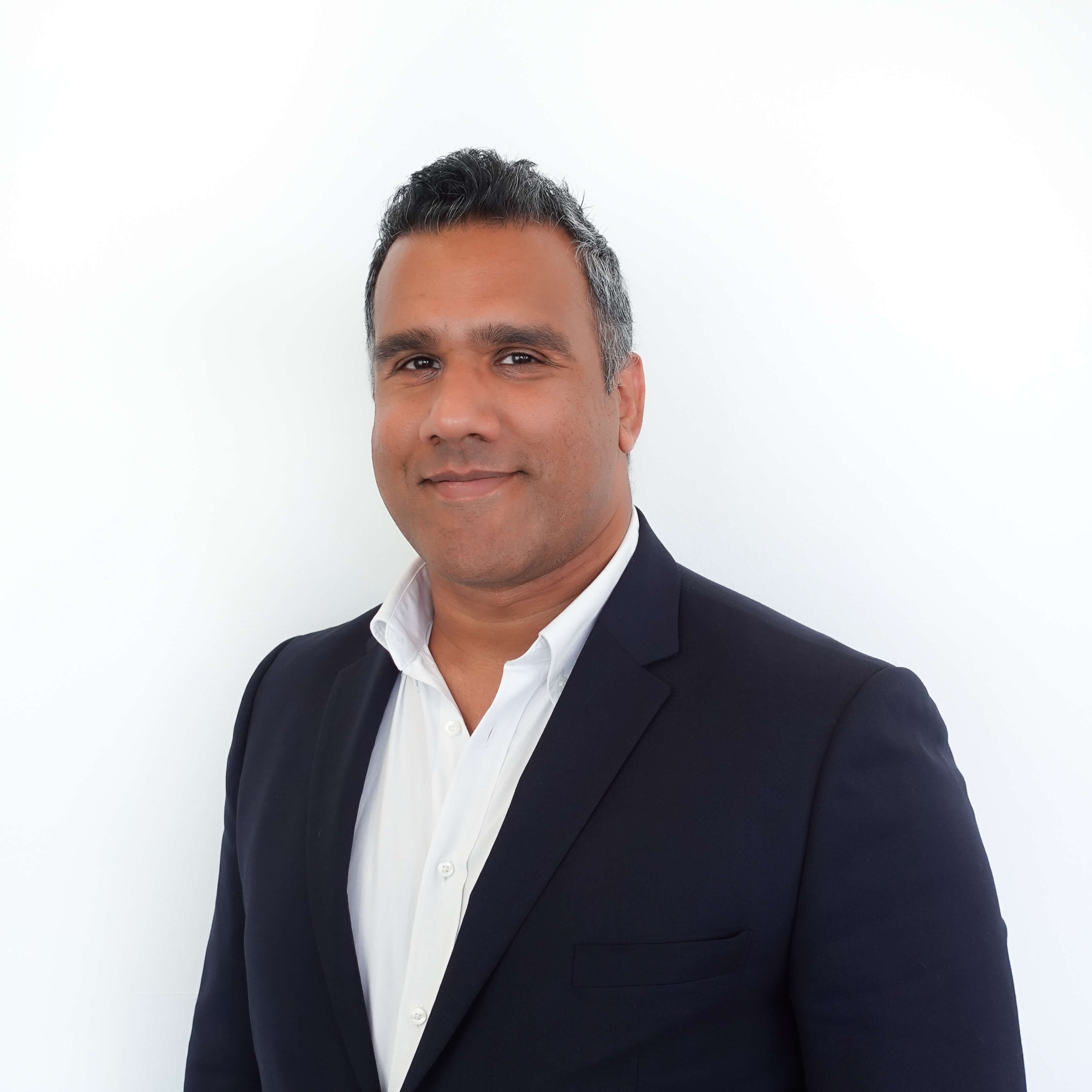What is employee development?
The term employee development is generally about the activities and processes that create the foundation that makes it possible for companies to give their employees the opportunity to evolve within various areas.
During the last many years, employee development has evolved quite a lot. Historically, employee development typically meant yearly employee interviews that took place throughout the company, and the managers were subsequently overburdened with going through everything that had been discussed. These yearly employee interviews typically got irrelevant after a bit of time, as many things change at a company in the course of just one year.
Therefore, many companies have increased the frequency of holding employee interviews, and they have introduced frequent surveys, competence management, talent matrixes, succession planning, and performance evaluation. With these tools, managers and HR have the opportunity to map out and act on all of the employees’ opportunity for development, and this is a good thing for the employees’ further career and the company’s performance.
Which kinds of employee development are there?
Professional development
When talking about professional development, it is about the employees’ opportunity to develop their general knowledge within various subject fields. This is the knowledge that the employee can get and make use of across positions and workplaces. It can be hard to measure the effect of this knowledge at a company level, as it isn’t necessarily connected to work assignments directly, but instead helps the employee by increasing their knowledge within subject fields that can benefit their work assignments and work responsibilities indirectly.
You can e.g. have an employee who works with technical support, and that person therefore has a lot of contact with customers. This employee might want to increase their knowledge within IT and general computer-related problems. This knowledge isn’t necessary in order to offer support to the customers, but it can benefit the employee, the department and thereby the company indirectly, as the employee can help to solve their own and their colleagues’ computer problems. This creates value for the company, as inefficiency caused by these problems is diminished.
Career development
Within the aspect of career development and advancement, the primary goal is to improve the employee’s career, competences, and work processes in favor of the employee’s work-related future and the company’s bottom line. This type of employee development is easier to handle and measure, as you can – via various tools – measure the manager’s and the employee’s opinions regarding where the employee is career-wise at the moment, which competences the employee has, where the employee can go professionally, and how the employee is doing in regards to living up to the goals that have been set in collaboration with the manager.
Employee development related to career is therefore direct improvements of the employee’s current competences and work processes, all with the goal in mind that the employee is valued more at the company and/or that the employee can move up the corporate ladder to new potential career opportunities.
If we use the example with the technical supporter again, then career-related employee development can be to give the employee new skills regarding the products and services that he/she works with. By gaining new skills, the employee can handle more support tasks successfully and thereby perform a specialized work function. If the employee is furthermore good with people and shows leader potential besides being an expert on the products, he/she can have the opportunity to advance to a management position. It is also beneficial if the level of work-related knowledge becomes big enough so that the employee can support others with their very technical and/or complicated cases. It will therefore be very valuable for the company to focus on employee development in a career-related way.
Social development
Social development is about strengthening the employees’ social competences. And this is definitely the one out of the three types of employee development that is the hardest to handle and measure. As this type of employee development is about developing social skills and the art of interacting with other people, talking about it can be a sore subject for many. It is therefore important that you are able to be objective and properly communicate why there is a need for employee development potential.
Social competences that can be developed can e.g. be the skill to coordinate other people’s work, negotiate, show empathy, create job satisfaction, willingness to cooperate, the ability to make others happy, and a lot of other things. This is hence the brotherly/sisterly way that the employee acts at the workplace.
To work with the development of the employee’s social competences can be complicated, as this is (as mentioned earlier) something that is hard to measure. You typically won’t discover that there’s a problem regarding social competences until incidents have been reported from the employee’s colleagues. For this reason, more and more companies have started to measure social skills in the recruitment process in order to ensure that they get team members who will be beneficial to the company’s social atmosphere.
What do you need to consider when you start working with employee development?
First and foremost, remember that everyone is unique. When your managers need to go through the processes mentioned below, it is important that they listen to the employees and make sure that their wishes and thoughts are taken into consideration, when they make plans. If the employee does not feel that the plans for their employee development fit with what they want to achieve, it will evidently mean that there is a lack of motivation regarding the compliance with the agreements that are made with the manager. The plans should also be realistic, as the employee needs to have a chance to meet the goals and not feel demotivated by not being able to reach them.
Besides listening to your employees and including them in the planning of their future employee development, you should also look into setting up standardized and automated processes at a position level, and this will ensure that all employees who hold the same type of job will get the same opportunities for development. Automation can ensure that everyone goes through the same processes for possible employee development.
Which tools can you utilize in order to ensure employee development?
Weekly employee surveys
In order to measure the tendencies across the entire company and ensure that negative tendencies across departments or the company at large are taken care of in a good way, employee surveys are the absolute best tool. If you make weekly employee surveys, you gain constant insight into how your employees perceive the psychosocial and physical work situation. You can use this insight into tendencies to make overall changes to the work environment and thereby create a more committed workplace which is conducive to personal development.
Employee interviews
Many companies have chosen to increase the frequency of their employee interviews at the company. This is done to ensure that the employee and the manager have ongoing dialogues and plans for employee development, which are up-to-date and are in line with the goals and dreams that the employee has. At the employee interviews, it is important that the same types of employees are asked the same questions, so colleagues have equal opportunity for employee development.
On an overall level, we typically divide the employee interviews into two parts. One part is about administration, security, and processes, and the other is about preparation, content, and planning & follow-up:
- 1. Administration
In order to make sure that the HR department has an overview of the employee interviews that are held across departments at the company, you should have access to an overall dashboard, that shows you how many employees that are called to employee interviews, how many employees and managers who have filled out the employee interview forms, and how many employee interviews that have been held. By ensuring this general overview, you are also sure that no employee is forgotten and doesn’t get their development-focused employee interview. - 2. Security
In order to be GDPR compliant, you need to make sure that you gather, handle, and store data in compliance with applicable rules. It can be an advantage to utilize a reliable software program for holding employee interviews, because then you are certain that no data is sent out outside of the secure data channels. - 3. Processes
If your employee interviews are inconsistent, you might risk that they lose their value. This is because the inconsistency makes it a lot harder for the manager to compare the employees and create structured plans for employee development for the individual. Therefore, you need to see to it that you streamline the processes and think the process through for the different types of jobs, so the leaders fully know what they need to do. - 4. Preparation
You need to prepare a lot of things before you hold employee interviews at your company. First and foremost, it makes a lot of sense to reconcile company-specific topics that are in line with the company’s short-term and long-term visions, so that the questions can be adjusted in order to work toward the same goal. Secondly, it is important that the managers (possibly in collaboration with HR) familiarize themselves with their employees’ work assignments and workflows, so that the questions and the interview are also adjusted according to the employee’s day-to-day work.
It will also result in more well thought-out answers, if you inform the employees about upcoming employee interviews and what focus the interviews will have, so that the employees can think about their work situation before they need to answer the questionnaire. - 5. Content
The content of an employee interview is also crucial for the effect of the employee interview, as it might otherwise risk being small talk, which doesn’t create real value – neither for the company nor for the employee. For this reason, you should ask questions within both social, professional, and career-related areas, so that plans for employee development can be created and which make the employee a better colleague, increase their professional knowledge, and strengthen their career.
You can also benefit from asking the employees what they would like the questions to be about, and what topics the employee interviews can touch upon.
Also make sure that some of your questions can be utilized across teams and also have questions that are used again in all other departments, so that you can identify tendencies, treat everyone equally, and ensure that you have streamlined processes for when you are to follow up on the plans for your employee development. - 6. Plans for employee development and follow-up
During the employee interview, the manager and the employee have compared their responses, and together they have laid a plan for how they will reach the goals that have been agreed upon. These goals and the associated action plan are what we call the plan for employee development. This needs to be approved by manager and employee so that both parties agree on the common goal that they want to achieve.
It is important to follow up on the plans for employee development continuously, so that you make sure that both manager and employee live up to the things that have been agreed upon. It can be beneficial to regularly utilize a dashboard (as mentioned previously under the headline “Administration”) in order to keep an eye on whether the plans for employee development are followed up on. During these follow-ups, the managers can benefit from asking the employee about how they perceive the employee interviews, and so HR and the managers can improve the interviews continuously.
Competence management and gap analyses
Another very useful tool for employee development is competence management. Different types of competences are needed for different positions, departments, work areas and many other things, of course. It is therefore important, that you first and foremost define which competences are needed for each of the job titles.
When you have defined the needed competences for each of the job titles, you let the employee and the manager answer where they think that the employee is on a scale from 1 to 10 within the different competences. Competences can be anything from general competences across departments such as language skills, independence, cooperation, management and IT skills to job-specific competences such as web design, SEO and graphic design (an example for a marketing employee).
When you have the employee’s and the manager’s replies, they should be put into a competency gap analysis in order to identify any mismatches. The gap analysis will also provide a simple overview of where the employee lacks certain skills. If you are structured when using competency gap analyses, you will also be able to see tendencies across departments, job profiles or other things, so that you can identify the general competence shortcomings and the potential for employee development.
Talent Matrix
Talent matrixes are charts that you can use for inputting an employee’s performance and potential for employee development. The matrices are typically laid out in 3x3, 4x4 or 5x5 boxes, where the X axis shows the employee’s performance level, and where the Y axis shows the employee’s potential for development.
By inputting numbers for your employees in a talent matrix, you can get a simple overview of whether the employee can improve their performance level over time via their potential for development as well as the employee’s present performance level.
Succession planning
Succession planning is the manager’s and the HR department’s tool for keeping track of future potential that employees and departments might possess. This means that it is considered what positions might be relevant to an employee along the line. You can benefit from utilizing talent matrixes, where you have defined the employees’ performance levels and potential for employee development, when you want to identify which employees who might have enough potential for development so they can advance their career at your company.
This means that you can easily and efficiently see which positions will be relevant to specific employees in the future. Each employee will therefore become more visible, and you can strengthen your employer branding with an increased level of internal advancement.
Courses
Courses and seminars can be utilized in order to improve the employees’ competences and types of competences by gaining new knowledge. But how do you actually work with courses in a structured way? Many HR professionals have chosen to make good use of a tool that can take course budgets etc. into account, and where the employees can actively sign up for interesting courses, which the HR department and managers have chosen to offer to their employees.





